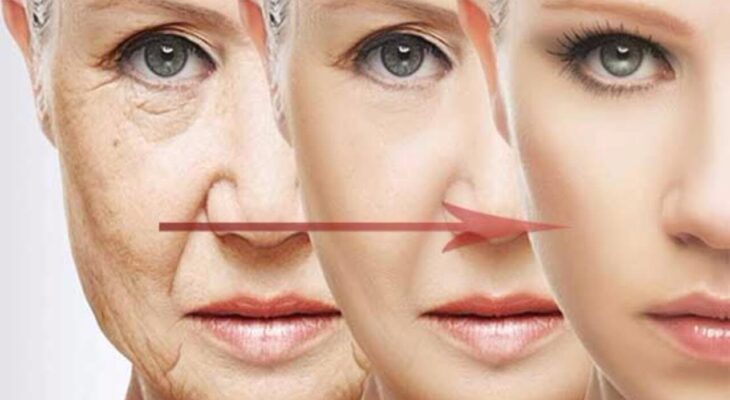 – –
– –
– –
In recent years, several independent studies have conducted to show autism and eating disorders with age. Both autism and eating disorders severely affect the growth of developing children. Very few helpful studies have emerged that connect the link between autism and eating disorders with the passage of age. Before beginning with the explanation of these latest studies focused on autism, let us first understand what autism and eating disorders are.
What is autism?
Autism is a disorder that reduces the ability of a person to interact and communicate with others. It collectively affects the nervous system, emotional development, and the physical well being of a person. The disorder is developmental – it begins with childhood, and gradually reaches a great extent with age. Researches on autism show that traits can be very well pronounced and diagnosable in childhood itself.
What are eating disorders?
Eating disorders are the reflection of psychological illness resulting in abnormal eating patterns and unhealthy eating habits. The consequences of eating disorders can be chronic in case you leave your abnormal eating habits unchecked for long. The abnormal eating pattern can be seen both ways – as excessive eating and as fasting.
How do eating disorders relate to autism?
A recent study conducted in the University College, London, proved that eating disorders are likely to surface in the adolescent years of the children that showed autistic traits in their younger years. As compared with peers of the same age, autistic children are 24% more susceptible to have abnormal eating patterns as they reach the age of 14. As we said earlier, researches have been conducted previously on both autism and eating disorders and their simultaneous occurrence. But it is not clear that the autism properties are surfaced from the eating disorders or might have occurred before we could even notice the symptoms of an eating disorder.
Recent studies on autism show that eating disorders are less likely to emerge in an autism-free child’s adolescent years. Previous research on autism was unexplored in the results as they could not establish that eating disorders might resemble autistic traits. The study focuses on the development of autistic relation to eating disorders with a passage of time or age than focusing on it these at a particular time.
The study
The research conducted on 5,381 children who had participated in children of the 90s Cohort of the University of Bristol. Later, the results of the research were published in the Journal of Child Psychology and Psychiatry. The research studied the growth and development of children from age seven to age 16. The study followed autistic traits that strictly did not translate as a diagnosis of autism. Hence, the study featured healthy children, children with autistic traits but not autism, and undiagnosed children with autism.
– –
– –
The research on autism then revealed the development of the children with their growing age and the development of the eating disorder by the time they hit fourteen.
The result
According to the researchers, the chances of developing eating disorders increase if the child shows some autistic traits, which might be the result of dysfunctional methods of coping with emotional challenges. The research also established that eating disorders did not magnify with an increase in the age of 14 to 16.
The study was conducted in the hope that the autistic children would get easily diagnosed. Thus, helping the children from developing any problems in their adolescent years. The researchers also hope that more children can be helped using this study and get proper medication from the initial stages of the disorder.
– –



























